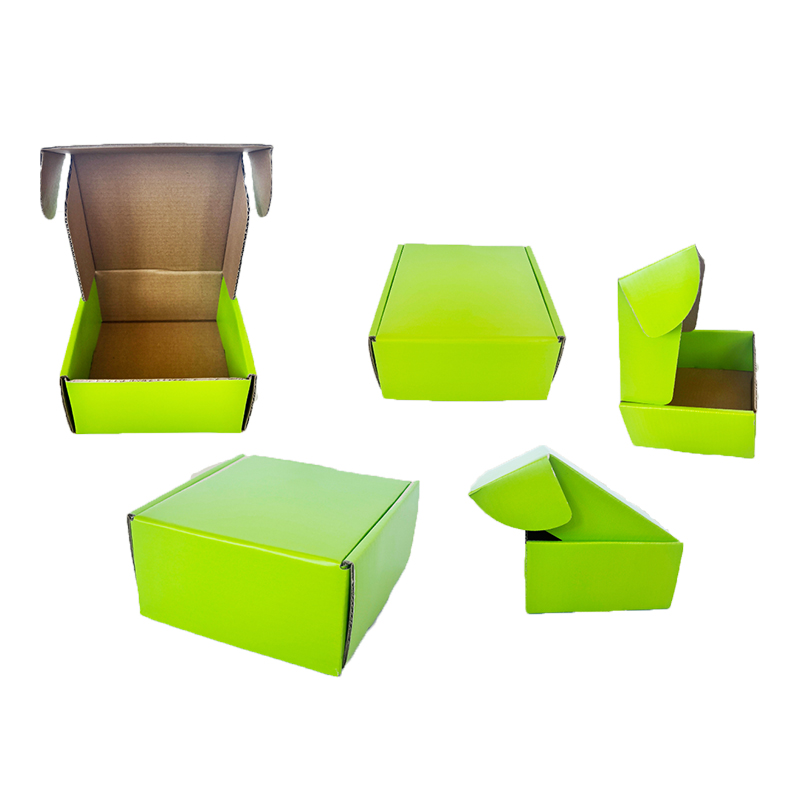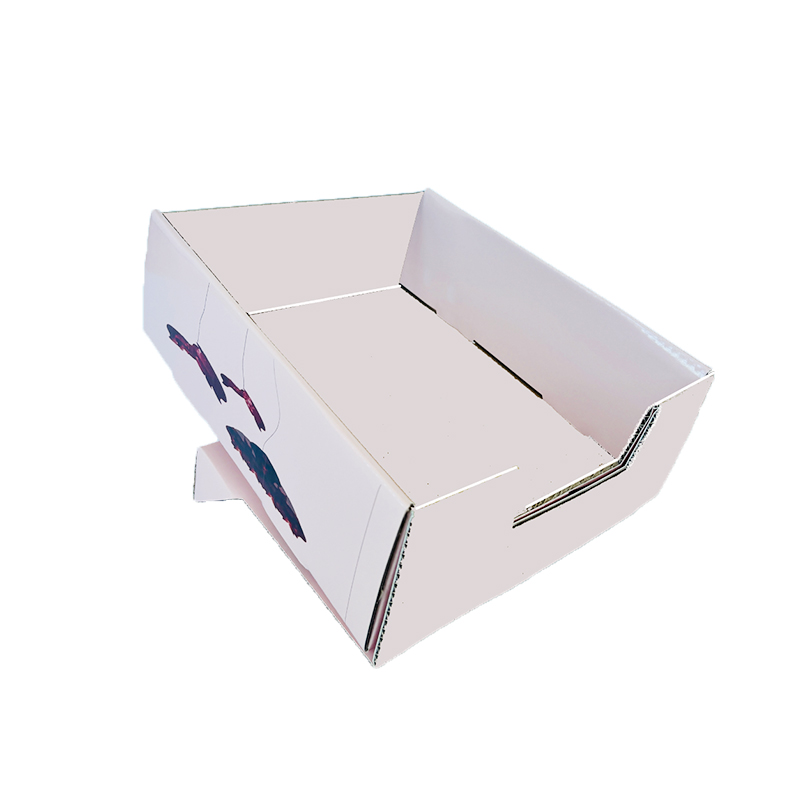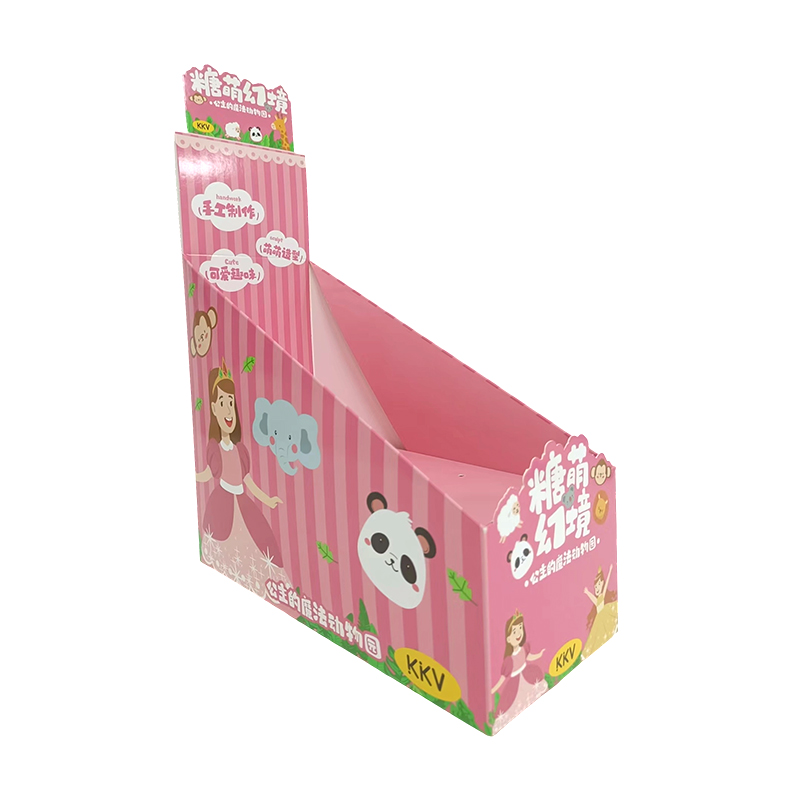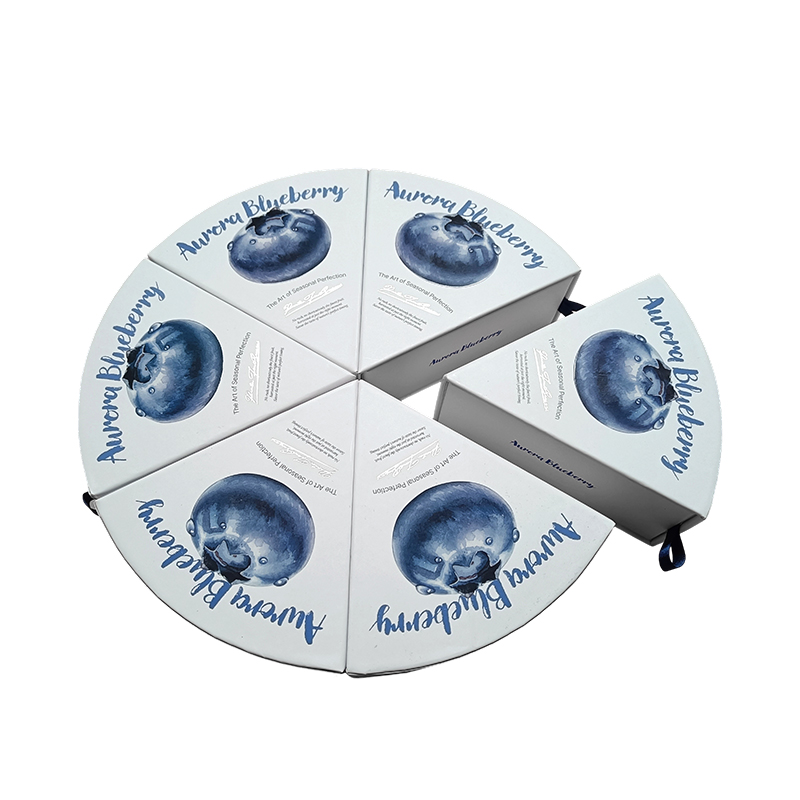In the fast-paced world of retail and product promotion, the ability to capture consumer attention is paramount. This is where PDQ Display Boxes (Product Display Quickly) come into play, serving as a critical tool for marketers and brands. These compact, highly effective point-of-purchase displays are engineered for rapid assembly and maximum visual impact. They are the silent salespeople on the shelves of supermarkets, electronics stores, and pharmacies, strategically designed to facilitate impulse buys and promote new products. This comprehensive guide delves deep into the world of PDQ displays, exploring their intrinsic features, multifaceted benefits, and the industry best practices that can amplify your brand's visibility and drive sales. Understanding the nuances of these displays is the first step toward leveraging their full potential in a competitive market.
What Are PDQ Display Boxes? Understanding the Core Concept
PDQ Display Boxes are a specific category of retail packaging and display solutions. The acronym PDQ stands for "Product Display Quickly" or "Pretty Darn Quick," which perfectly encapsulates their primary purpose: to be set up with incredible speed and efficiency. Unlike traditional bulky displays, a PDQ display box is typically a self-contained unit that arrives flat-packed, requiring minimal effort to assemble and stock with products. They are designed for high-traffic areas, such as checkout counters or end-of-aisle placements, where they can serve as a focused promotional platform for a specific item or a small range of products. Their design philosophy revolves around convenience, both for the retailer during setup and for the consumer during interaction, making them an indispensable asset in modern retail merchandising strategies aimed at enhancing the customer experience and boosting product turnover rates.
- Speed of Assembly: Their design prioritizes a no-tools, fold-and-lock mechanism that allows store staff to have them ready in minutes.
- Compact Footprint: They are designed to fit into premium, space-constrained locations without obstructing customer flow.
- Integrated Design: Often combine product holding, branding graphics, and sometimes even a theft-deterrent function in a single unit.
- Versatility: Can be constructed from various materials, including corrugated cardboard, plastic, and acrylic, to suit different product weights and brand aesthetics.

400g white card printing and re-brightening film, lollipop PDQ paper display box
Key Features and Design Elements of Effective PDQ Displays
The effectiveness of a PDQ display is not accidental; it is the result of thoughtful design incorporating several key features. A well-engineered PDQ counter display seamlessly blends form and function. The material choice, typically robust corrugated board for cost-effectiveness or rigid plastic for premium products, ensures durability throughout the product's life cycle on the shop floor. Structurally, features like auto-bottom bases, easy-fold panels, and secure locking tabs guarantee stability once assembled. From a graphic design perspective, high-impact visuals, bold branding, and clear, concise messaging are printed using vibrant techniques to withstand handling and attract attention. Furthermore, the internal structure is meticulously designed to hold products securely, often using custom die-cut inserts to prevent damage and make it easy for customers to access the goods, thereby enhancing the overall user experience and reinforcing brand quality.
- High-Impact Graphics: Utilizes full-color printing and laminations to create a visually appealing unit that stands out.
- Secure Product Housing: Custom foam inserts or die-cut trays cradle products, reducing movement and potential damage during transit and customer handling.
- Ease of Restocking: Designed with an open-top or easily accessible layout that allows staff to replenish products quickly without disassembling the unit.
- Brand Consistency: Every element, from color schemes to logos, is aligned with the brand's overall identity for instant recognition.
Material Comparison for PDQ Display Boxes
Selecting the right material is a crucial decision that impacts the display's cost, durability, and perceived value. Here is a comparison of the most common materials used.
| Material |
Best For |
Pros |
Cons |
| Corrugated Cardboard |
Short-term promotions, lighter products, cost-sensitive campaigns. |
Highly cost-effective, lightweight, easily customizable, recyclable. |
Less durable, susceptible to moisture damage, can appear less premium. |
| Plastic (e.g., PET, PVC) |
Long-term use, heavier products (cosmetics, electronics), luxury items. |
High durability, moisture-resistant, transparent options available, reusable. |
Higher initial cost, less environmentally friendly than cardboard. |
| Acrylic |
High-end luxury goods, electronics, prestige product launches. |
Premium aesthetic, crystal-clear transparency, very durable. |
Most expensive option, heavier, requires careful handling. |
Top Benefits of Using PDQ Display Boxes in Retail
The strategic deployment of PDQ display boxes offers a multitude of benefits that extend beyond simple product holding. Their most significant advantage is their proven ability to increase impulse purchases. By placing a product directly in the customer's path at the point of decision (like a checkout), brands can capitalize on last-minute buying decisions. For retailers, the benefit of easy assembly display units cannot be overstated; they reduce labor time and costs associated with complex setup, making store managers more willing to place them. For brands, these displays act as a mini-billboard, enhancing brand visibility and reinforcing marketing campaigns directly at the point of sale. They also allow for effective market testing of new products without the need for a full-scale shelf commitment, providing valuable consumer feedback and sales data in a controlled, highly visible environment.
- Boost Sales Velocity: Can increase sales of the featured product by over 30% compared to standard shelf placement.
- Maximize Limited Space: Efficiently utilize high-value retail real estate that would otherwise be unproductive.
- Enhanced Brand Engagement: Creates a tactile and visual touchpoint that can tell a brand story more effectively than a standard package.
- Operational Efficiency: Streamlines the restocking process for store employees, saving time and reducing frustration.
Best Practices for Designing and Implementing Your PDQ Display
Creating a successful PDQ display campaign requires more than just a box; it demands strategic planning and execution. The first best practice is to know your audience and placement location. Designing a display for a children's toy store is vastly different from one for a high-end cosmetics counter. The design must be tailored to the environment and the demographic it will serve. Secondly, prioritize clarity and simplicity. The consumer should understand the product and the offer within seconds. Overly complex graphics or messaging can be ignored. Thirdly, work closely with manufacturers who specialize in custom PDQ displays to ensure structural integrity and that the unit is designed for efficient shipping and handling—a poorly designed unit that arrives damaged is useless. Finally, always plan for the end of life; using recyclable materials or designing for reusability can be a strong selling point for environmentally conscious retailers and consumers.
- Focus on a Single Call-to-Action: Promote one product, one variant, or one specific offer to avoid confusing the customer.
- Incorporate Interactive Elements: Consider adding a QR code that leads to a video or a social media campaign to bridge offline and online marketing.
- Prototype and Test: Always create a physical prototype to test for stability, ease of assembly, and overall aesthetic appeal before mass production.
- Coordinate with Retailers: Communicate with store managers early to secure prime placement and ensure the display aligns with their store's guidelines and layout.
Cost-Effective PDQ Display Solutions for Small Businesses
For small businesses and startups, investing in retail displays can seem daunting. However, cost-effective PDQ display solutions are readily available. The key is to start with corrugated cardboard, which offers the lowest entry cost and high customizability even for small print runs. Simplifying the design by using fewer colors and complex die-cuts can further reduce expenses. Another strategy is to design a modular display that can be updated with new graphics for future promotions, spreading the initial investment over multiple campaigns. Partnering with a packaging supplier that offers design services can also help avoid costly design errors and ensure the structural design is optimized for material use, reducing waste and cost without compromising on quality or visual impact.
- Opt for Standard Sizes: Where possible, adapt your design to use standard paper sizes to avoid costly trimming waste.
- Digital Printing for Short Runs: Utilize digital printing for smaller quantities to avoid the high setup costs associated with traditional litho printing.
- Focus on Versatility: Design a display that can hold multiple product SKUs, making it more attractive to retailers with limited space.
- Explore Stock Display Options: Some suppliers offer modified stock displays that can be customized with your graphics, which is cheaper than a fully custom unit.
FAQ
What does PDQ stand for in retail displays?
In the context of retail displays, PDQ stands for "Product Display Quickly" or the colloquial "Pretty Darn Quick." This term highlights the defining characteristic of these units: their ability to be assembled and ready for product merchandising in a very short amount of time, often without the need for any tools or complex instructions. This feature is highly valued by retailers as it minimizes labor costs and disruption in busy store environments, ensuring promotional campaigns can be launched swiftly and efficiently.
How much does a custom PDQ display box typically cost?
The cost of a custom PDQ display box is not fixed and can vary significantly based on several factors. These include the chosen material (corrugated cardboard being the most affordable, followed by plastic and then premium acrylic), the quantity ordered (unit cost decreases with larger volumes), the complexity of the structural design, and the quality of the graphics and printing. For a small to medium run of corrugated cardboard displays, a business might expect to pay a few dollars per unit, while complex, plastic displays for high-end products can cost significantly more. It's essential to obtain quotes from several manufacturers based on your specific requirements.
Can PDQ displays be used for heavy products?
Yes, PDQ displays can absolutely be engineered to hold heavy products, but the material choice and structural design are critical. While standard corrugated cardboard is suitable for lighter items, heavier products (such as bottles of liquor, tech gadgets, or tools) require a more robust solution. In these cases, displays made from rigid plastic, reinforced cardboard, or even wood and metal components are used. The design must include features like reinforced bases, internal supports, and strategic weight distribution to ensure stability and safety throughout the display's life in a busy retail setting.
What is the typical lead time for manufacturing PDQ displays?
The typical lead time for manufacturing custom PDQ displays generally ranges from 2 to 6 weeks. This timeline encompasses the design finalization, prototyping (if requested), material sourcing, printing, die-cutting, fabrication, and shipping. More complex designs or the use of specialized materials can extend this timeline. It's crucial for brands to plan their promotional calendars well in advance and factor in this lead time to ensure the displays arrive at distributors or retailers ahead of the campaign launch date. Rush orders are often possible but usually incur additional costs.
Are PDQ displays environmentally friendly?
The environmental friendliness of a PDQ display depends largely on the materials chosen and the end-of-life plan. Displays made from corrugated cardboard are highly recyclable and are often produced from a significant percentage of recycled content, making them a sustainable choice. Many manufacturers also offer options using soy-based inks and water-based coatings. For plastic displays, options like PET or RPET (recycled PET) are available, which are also recyclable. The most sustainable approach is to design for reuse, recyclability, or using biodegradable materials, and this is a growing trend in the industry as brands and retailers seek to reduce their environmental impact.


 Français
Français Español
Español عربى
عربى




